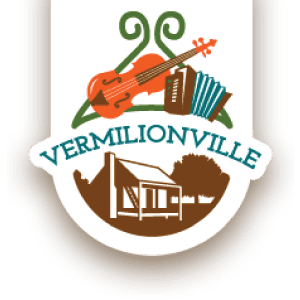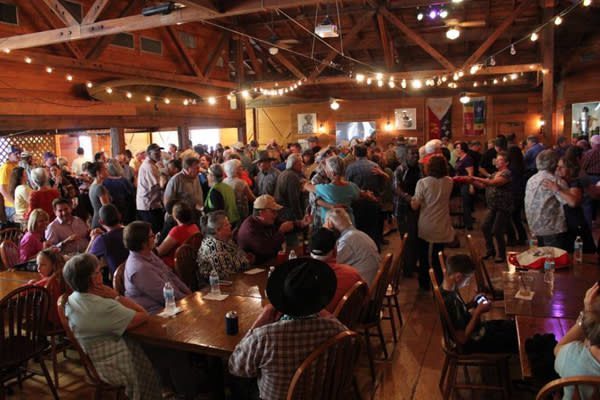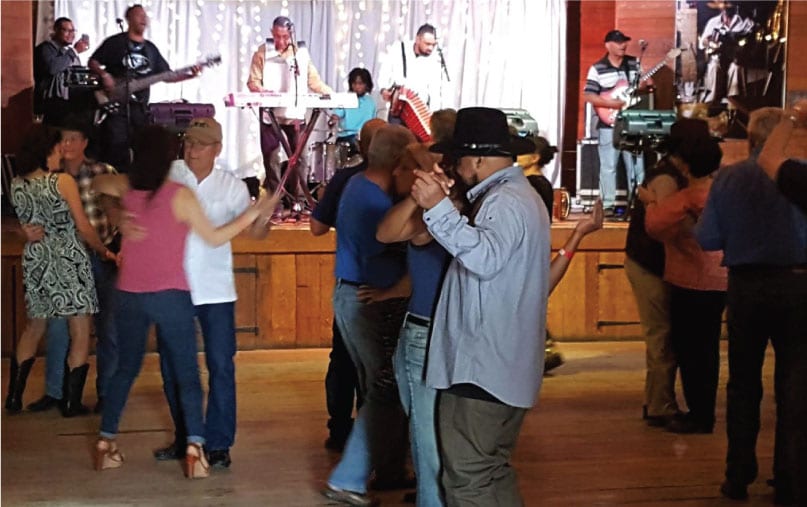Welcome to Vermilionville
Vermilionville’s mission is to increase appreciation for the history, culture, and natural resources of the Native Americans, Acadians, Creoles, and peoples of African descent in the Attakapas region through the end of the 1800s. Through historic interpretation and conservation along the Bayou Vermilion, we strive to educate guests on the interactions of these groups and the connections between past and contemporary folklife, thus empowering guests to apply these lessons from our shared histories.
Calendar & Events
Explore Vermilionville



